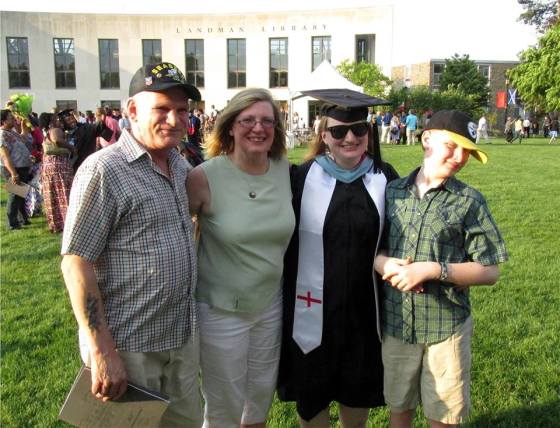Anyone else exhausted? I keep looking at the calendar to see what day it is and almost hoping that this holiDAZE season is over. Between the cookies and the wine, I’m in much need of some New Years resolutions and looking forward to getting started.
Shame on me. Three more days and I need to enjoy every minute of it!
Our holiday got off to a rocky start. My in-laws arrived for our Torrey Christmas celebration on the 22nd, and by early morning on the 23rd both Jack and I were vomiting. After cleaning up a stinky mess (thank you PopPop and Sue) they escaped from our house to meet the family elsewhere – no need to spread the germs around. We sent them out the door with the food we had been preparing for days. If I hadn’t felt so terrible I would have felt REALLY terrible. Luckily we managed to avoid the hospital (the stomach flu often requires an ER visit for JAckO) and by the next day we were on the mend.
We’ve been celebrating every since!
Lots of festivities with family and friends and lots of time being lazy around the fireplace. Except for the tummy issues, it’s been great AND IT’S NOT OVER. New Years Eve is tomorrow before reality finally sets in.

Enter a caption
2018 is a big year for our family with Anna heading off to school in the fall. Johns Hopkins University is lucky to have her and we are thrilled that she is headed to a school that feels like home to us. Dan may have received a JHU diploma, but I spent a good part of my college years in Charles Village pretending to be a Blue Jay. As hard as it will be to drop our girl off in August, at least it feels familiar. AND we all know that we will be finding any excuse to drive down for a visit;) Sorry Banana . . .
The adjustment will be difficult, but we will find a new rhythm. The house will be quieter, but we will figure it out. That’s what we do. We figure things out.
Until then, I’m going to work on keeping my New Years resolutions and enjoy our time together.
Here’s my list:
1. Not just to pay for Weight Watchers, but to FOLLOW Weight Watchers (the stomach flu did help me drop a few pounds, but it’s not a great diet plan)
2. Limit my vino intake – I’m too old for hangovers
3. Encourage Jack to use his iPad. We need to get him talking before Anna leaves
4. Up my yoga to two days a week . . . maybe three 5. Continue sharing THIS is ALD – please contact me if you are willing to share your story jctorrey@mac.com 6. Start my next book 7. Move to Baltimore;)
Wishing everyone a Happy New Year!!!! 2018 is going to be amazing!!!
Love, Jess






















